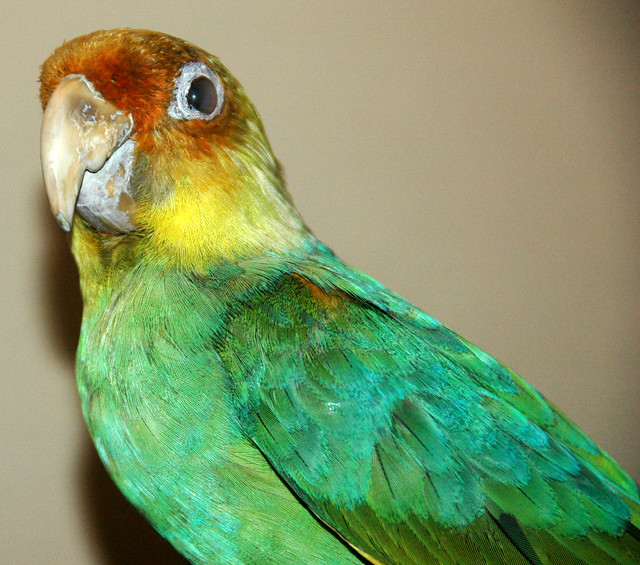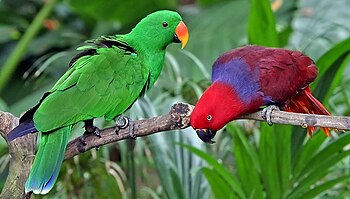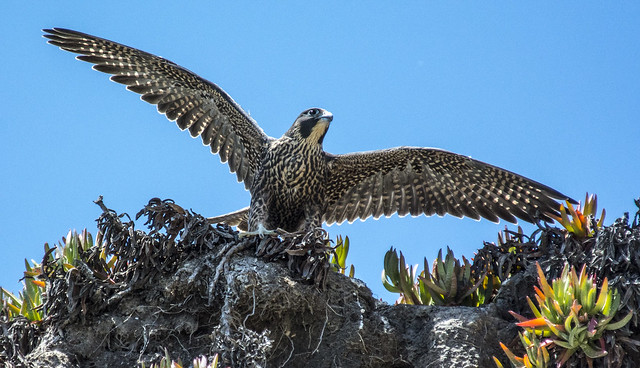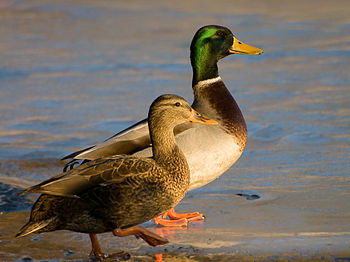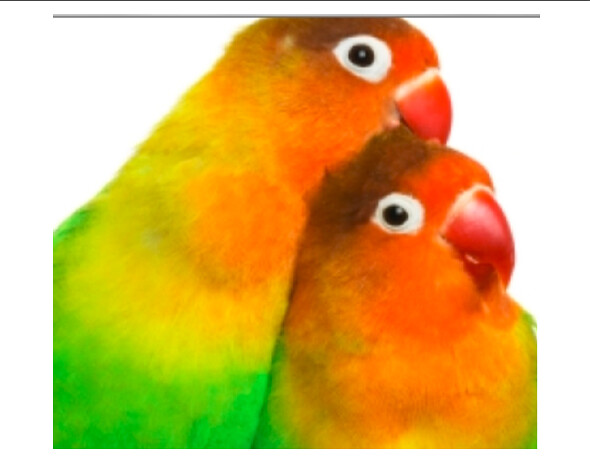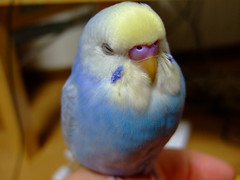 |
| A Monk Parakeet (also known as the Quaker Parrot) in Brooklyn, New York, USA. (Photo credit: Wikipedia) |
Quaker parrots originate from South America. They are also known as Quaker Parakeets. They are mainly found in Brazil, Paraguay, Argentina, Uruguay, and Bolivia. However, today there are even some Quakers that live in the United States. The ones living wild in the United States have escaped birds that have established themselves there. There are many Quaker parrots living in Florida.
The average Quaker is around eleven inches long and weighs around 90 to 120 grams. They are about the size of a cockatiel but are much stockier. The predominant color of these birds is green, but other mutations such as albino, pied, cinnamon, lutino and blue-cinnamon are available. They also have very beautiful blue and green tail feathers. Their bill is either light yellow or horn colored.
In some places, Quaker parrots are illegal, so be sure you make sure that you can own one before trying to bring one home. They are prolific breeders and if the birds escape, they can form very large populations. This could become a problem, so this is why some states have laws against them. States in which they are illegal to include California, Tennessee, Kentucky, Wyoming, Rhode Island, Pennsylvania, and Hawaii.
It is very important that you put your bird on a good diet to maintain their health. The base diet should be pellets, not seeds. Other foods such as vegetables, fruits, bread and grains should also be offered. Variety is always good on a diet. You should not feed too many seeds. Some things you should never feed are caffeine, chocolate, alcohol, and avocado. These are toxic to all bird species. Food and water need to be in the cage at all times.
The minimum cage size for Quakers is 18 inches long by 18 inches wide by 24 inches tall. Try to get the biggest cage you can for your bird. Some Quakers tend to get territorial around their space, which is their cage. You can usually prevent this by having a "bedroom" in the cage. A sleeping box works great for this. You should also get many different types of toys to keep your bird busy.
You will need to keep your bird's wings clipped and their nails trimmed. Almost all Quakers also love baths. Just fill a dish with about an inch of water and let your bird take a bath. Try to provide bath water as often as you can. You should at least let them take a bath once a week. This will really help their skin and feathers, as well as provide entertainment for your bird.
Quakers are very sweet birds that always want to be around you. They are very loyal to their owners and playful but can be stubborn as well. They have a great talking ability and are very entertaining birds.
Be aware before you purchase a Quaker parrot that they are noisy birds. They love noise and this is what makes them such good talkers. Talking isn't their only noise though. They will often make loud screeching noises that can be very annoying.
Quakers do best in homes that spend plenty of time with them. You need to realize that these birds need lots of love and attention. Be sure that this bird is what you want before you get one.
|

